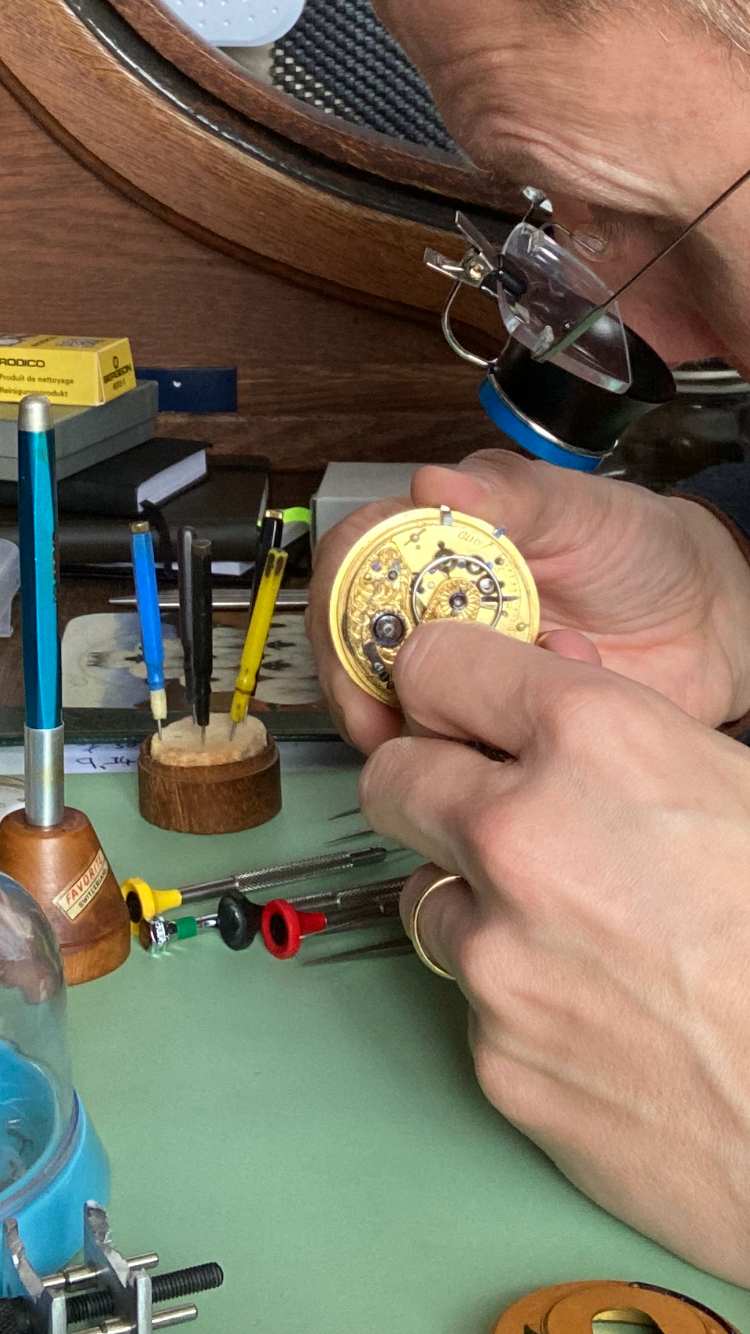IWC barrel conundrum
-
Recently Browsing
- No registered users viewing this page.
-
Topics
-
Posts
-
I have no experience with this watch, but looking at the pictures from the ebay listing linked above, it looks like the outer metal bezel at the back of the watch may not be part of the case proper. It looks like the watch and strap are sandwiched together, and an inner case may push out of the rear bezel towards the front of the watch. A case style similar to the Roamer watches where the crystal, movement and caseback pushed out through the back of an outer bezel, only in reverse - this one may push out towards the front. To test this, you would need to hold the watch, dial down, supporting the dial side of the watch around the edge of the bezel without touching the bezel itself. Then push down carefully on the inner metal ring you can see at the back of the watch. I’m speculating here, proceed at your own risk. Hopefully someone with hands on experience of these watches can chime in! Best Regards, Mark
-
Thanks, Mark. That's the kind of reassurance many of us wanted to hear! Yes, life is unfortunately unpredictable, and it would be a shame if the many dedicated WRT: ers became stranded if, god forbid, something happened to you and WRT stopped working.
-
The case back is perfectly aligned to the case and has no provisions for a screwing tool. The T-Sport series has snap on backs.
-
For me the text looks too aligned and with no obvious way to grip as a screw back.
-
There’s no indents & there’s no little groove to pry it off anywhere! So I don’t know if it’s screw down or pry off 👍
-




Recommended Posts
Join the conversation
You can post now and register later. If you have an account, sign in now to post with your account.
Note: Your post will require moderator approval before it will be visible.